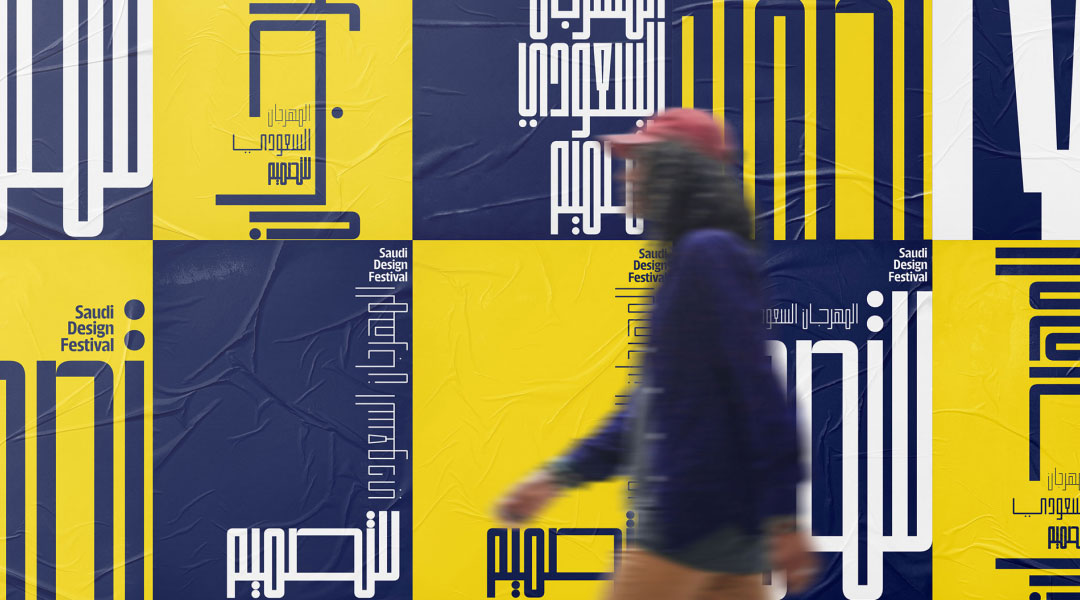You need to do some banking, but your banking app is on a fritz. Good thing you can do what you must do online through your bank’s website. So, you type in the bank website’s uniform resource locator (URL) address on your browser bar, which lands you on your bank’s website.
There, you notice that the logo is a different kind of blue from the logo on your bank card. The website shows animated objects, uses the Happy Monkey font, and has web copy written in the vernacular. The bank’s website design and development are inconsistent with its conservative business image. This scares you, so you immediately bounce out of the site without accomplishing what you came to do.
Business owners, be warned. The above scenario can and does happen when a website has inconsistent branding. Are you running an e-commerce website? Your website can drive customers away if you’re not careful about enforcing brand consistency. At the very least, it may lead you to make less money than you should.
Why Brand Consistency in Web Design Is Important
Brand consistency helps build awareness and recognition among a brand’s target market. As a case in point, whenever you see the golden arches logo, you probably think of McDonald’s. This would not be possible if McDonald’s decided to use a distinct symbol and color every year or a different logo on its stores and its website. McDonald’s is and has always been brand-consistent. Thus, people know who they are just by one symbol and shade of yellow.
More importantly, however, brand consistency builds trust. It helps you create an image your target market can trust. If you’re inconsistent with branding — using different logos, colors, fonts, voice, and tone depending on the platform — you will find it challenging to gain your target market’s trust.
This is probably what your target market will think: If they can’t even predict how you will appear and talk to them, how can they expect you to provide them with consistent quality and service?
Trust issues are something you don’t really want in e-commerce. According to a consumer survey in the United States, 46% would pay more on purchases from brands they trust. Moreover, according to LucidPress (as cited in Meero, 2019), brand consistency can raise average revenue by 23%.
That being said, how do you integrate brand consistency in your e-commerce web design to inspire trust in your target market?
Enforcing Brand Consistency in Your E-Commerce Website Design
Before anything else, ensure you have a solid understanding of your brand values and identity. You must know how you wish to be perceived. This is the only way to effectively present yourself on your website and elsewhere.
Therefore, consult a branding agency if you haven’t done so already. They will help you create brand identity guidelines. The resulting agency brand guidelines will help you brand your website.
You can use the following website elements to achieve brand consistency in your web design.
1. Logo
The logo on your website must be identical to the logo you’re using in your physical stores (if you have them). It should be the same as the logo on your merchandise, on your calling cards, in your video commercials, in your magazine ads, in your corporate headquarters, and everywhere else your brand has a presence.
It must not only look identical dimensionally. That is to say, not only should it have the same width-to-height or aspect ratio and the same amount of surrounding white space, if any. It must also have the same color.
Tip: Put your logo in the top left corner of the website. This placement should help your branding efforts; putting your logo in the top left corner will ensure it’s the first thing people (that read from left to right) see on your website.
Even if you want to show imagination and creativity by putting your logo somewhere else, don’t. Intuitively, people expect to see the logo in the upper left corner of a webpage, so put your logo there.
Surround your logo with sufficient white space to make it stand out. By the way, you should also get variations of your logo made for different-colored backgrounds.
2. Colors
Does your brand have a signature color? Make sure to use that color on your e-commerce website.
As a case in point, Coca-Cola uses a consistent shade of red on its website: hex-code #f40000. You see this color on the Coca-Cola website’s pre-header, buttons, and other accent elements. This helps cement the trust its consumers have in the brand and makes them more likely to shop if they’re so inclined.
Tip: Your logo’s color can be your signature color. Like Coca-Cola, you can use that dramatic signature shade as a background for the website header, footer, and (infrequent) call-out boxes.
You may also designate them for use with buttons, as Coca-Cola did, but don’t neglect color psychology. Your signature color may not be effective in inducing action. According to Verizon, red, green, and orange/yellow are the best three colors for actionable buttons.
After deciding on your signature color, decide on the rest of your colors. They can be the other colors in your logo, if any. They can be neutral colors (white, greige, black, gray, or gradations of your primary color). Alternatively, they can be highly contrasting colors that will give your website great energy.
3. Fonts
What image does your business have, and who is your target market? When choosing fonts, choose a typeface that will represent your image well and speak clearly to your target market.
So yes, if you sell designer bags, comic sans is probably not a good choice. Come to think of it, it’s probably out of the running in most cases, unless you are selling goofy, novelty items.
Tip: Sans-serifs are an excellent choice because they are easy to read, especially on digital screens. Whatever font you choose, make sure to use it consistently throughout your website.
Sure, you can use multiple fonts on your website. Just use them consistently. Use one font for all the headings and another for all body text. You can use an additional font to emphasize quotes, testimonials, or other special content.
4. Images
You must be consistent about your website images’ quality, mood, perspective, and size. This is particularly crucial in e-commerce websites.
Tip: Be consistent about shot angles. If one product has a front, side, back, overhead, close-up, and long shot, provide the same perspectives for the rest of your product images.
If you color-graded some photos to elicit a particular mood, use the same color grading settings on all product photos. This will ensure a consistent photographic style.
Caveat: Your stylistic enhancements must not make your photos look unrealistic and misleading.
Final Words on Website Design Brand Consistency
Brand consistency leads to consumer trust, which spurs action that leads to sales. To maintain brand consistency, ensure your logo and signature color are on your e-commerce website. Additionally, choose a font that represents your brand’s image, and use consistent shots and style in your product photos.
We are a branding agency in Dubai that helps brands conceptualize their identity and create their company brand guidelines. We also provide website design services. We can help you maintain brand consistency on your e-commerce website and other channels. Contact us.




